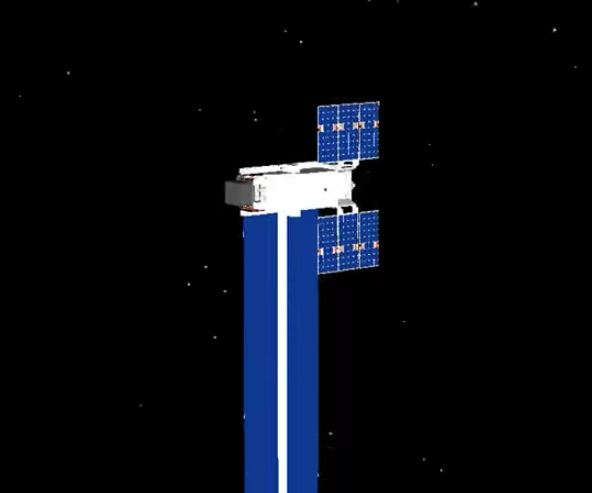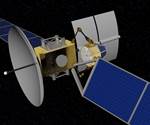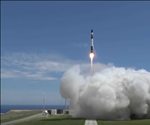NASA funds Made In Space project to 3D print spacecraft components in orbit
Made In Space’s Archinaut One spacecraft will demonstrate the ability to manufacture and assemble spacecraft components in low-Earth orbit.

Source | Made In Space
NASA has awarded a $73.7 million contract to Made In Space Inc. (Mountain View, Calif., U.S.), to demonstrate the ability of a small spacecraft, called Archinaut One, to manufacture and assemble spacecraft components in low-Earth orbit. The in-space robotic manufacturing and assembly technologies could be part of America’s Moon to Mars exploration approach.
The contract is the start of the second phase of a partnership established through NASA’s Tipping Point solicitation. The public-private partnership combines NASA resources with an industry contribution of at least 25% of the program costs.
Archinaut One is expected to launch on a Rocket Lab (Huntington Beach, Calif., U.S.) Electron rocket from New Zealand no earlier than 2022. Once it’s positioned in low-Earth orbit, the spacecraft will 3D-print two beams that extend 32 feet (10 meters) out from each side of the spacecraft. As manufacturing progresses, each beam will unfurl two solar arrays that can reportedly generate as much as five times more power than traditional solar panels on spacecraft of similar size.
“In-space robotic manufacturing and assembly are unquestionable game-changers and fundamental capabilities for future space exploration,” says Jim Reuter, associate administrator of NASA’s Space Technology Mission Directorate. “By taking the lead in the development of this transformative technology, the United States will maintain its leadership in space exploration as we push forward with astronauts to the Moon and then on to Mars.”
The potential of these technologies includes such benefits as:
- Enabling remote, in-space construction of communications antennae, large-scale space telescopes and other complex structures;
- Enabling small satellites to deploy large surface area power systems and reflectors that currently are reserved for larger satellites;
- Eliminating spacecraft volume limits imposed by rockets; and,
- Avoiding the inherent risk of spacewalks by performing some tasks currently completed by astronauts.
Made In Space began working on Archinaut as a ground demonstration in 2016 and has successfully 3D-printed structural beams in a thermal vacuum chamber at the agency’s Ames Research Center in California’s Silicon Valley, a unique NASA facility that mimics the conditions of space.
The Archinaut team includes Made In Space, Northrop Grumman (Falls Church, Va., U.S.) Ames Research Center, and NASA’s Jet Propulsion Laboratory (Pasadena, Calif., U.S.). NASA’s Technology Demonstration Missions program within the Space Technology Mission Directorate matures groundbreaking technologies to extend mission capabilities as well as government and commercial opportunities in space. The program is based at NASA's Marshall Space Flight Center (Huntsville, Ala., U.S.)
Related Content
-
Welding is not bonding
Discussion of the issues in our understanding of thermoplastic composite welded structures and certification of the latest materials and welding technologies for future airframes.
-
Plant tour: Collins Aerospace, Riverside, Calif., U.S. and Almere, Netherlands
Composite Tier 1’s long history, acquisition of stamped parts pioneer Dutch Thermoplastic Components, advances roadmap for growth in thermoplastic composite parts.
-
The next-generation single-aisle: Implications for the composites industry
While the world continues to wait for new single-aisle program announcements from Airbus and Boeing, it’s clear composites will play a role in their fabrication. But in what ways, and what capacity?






